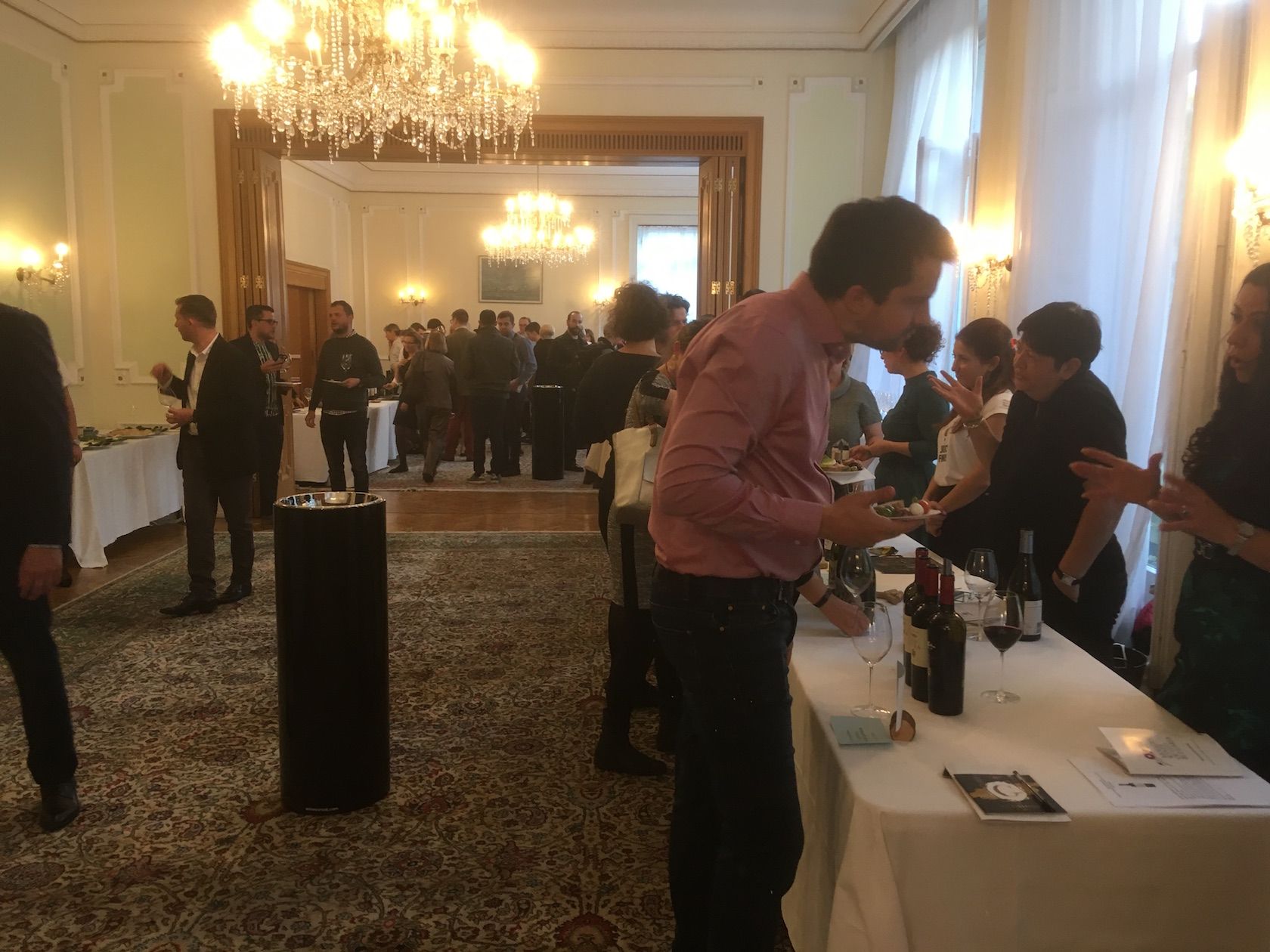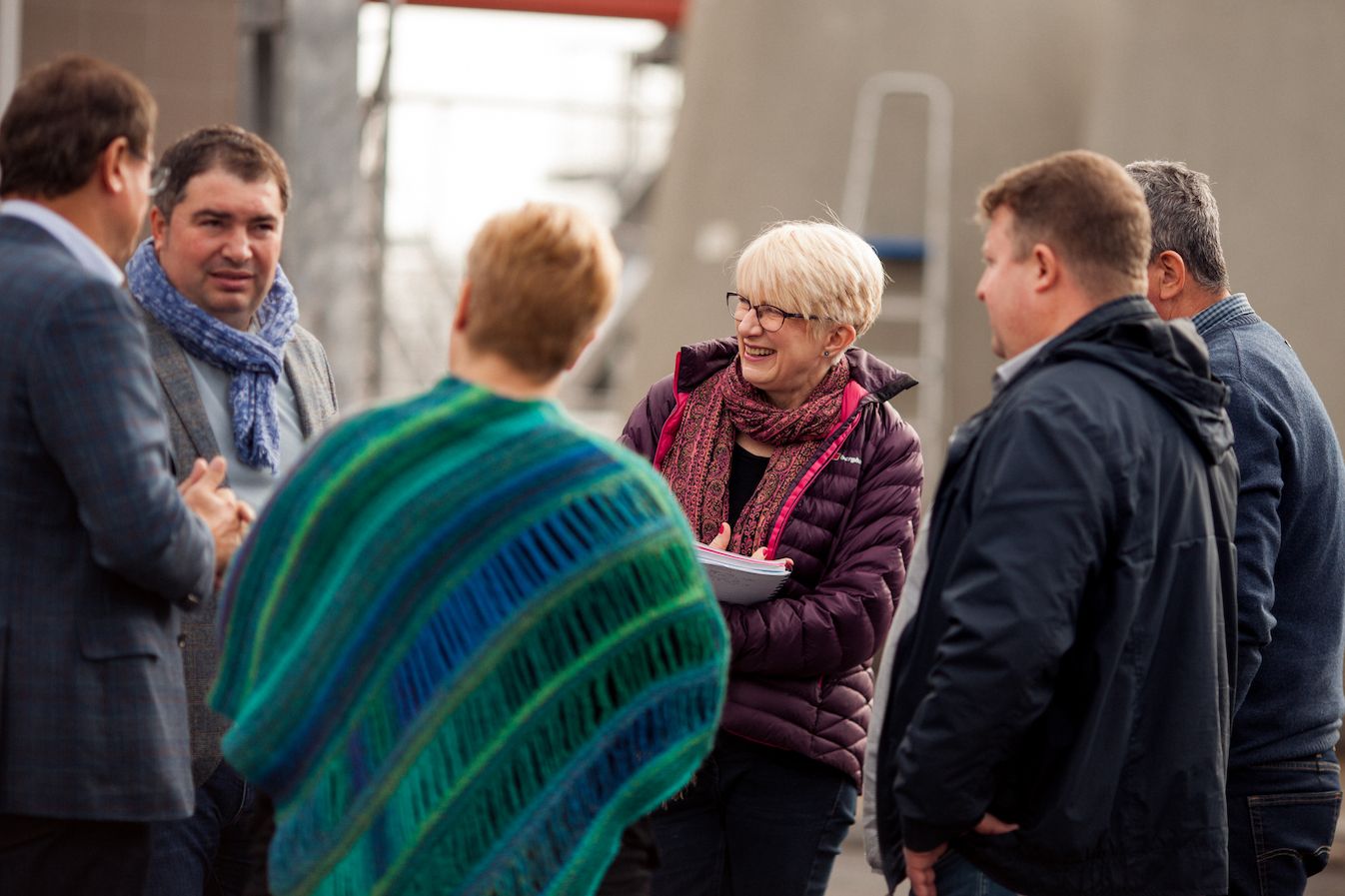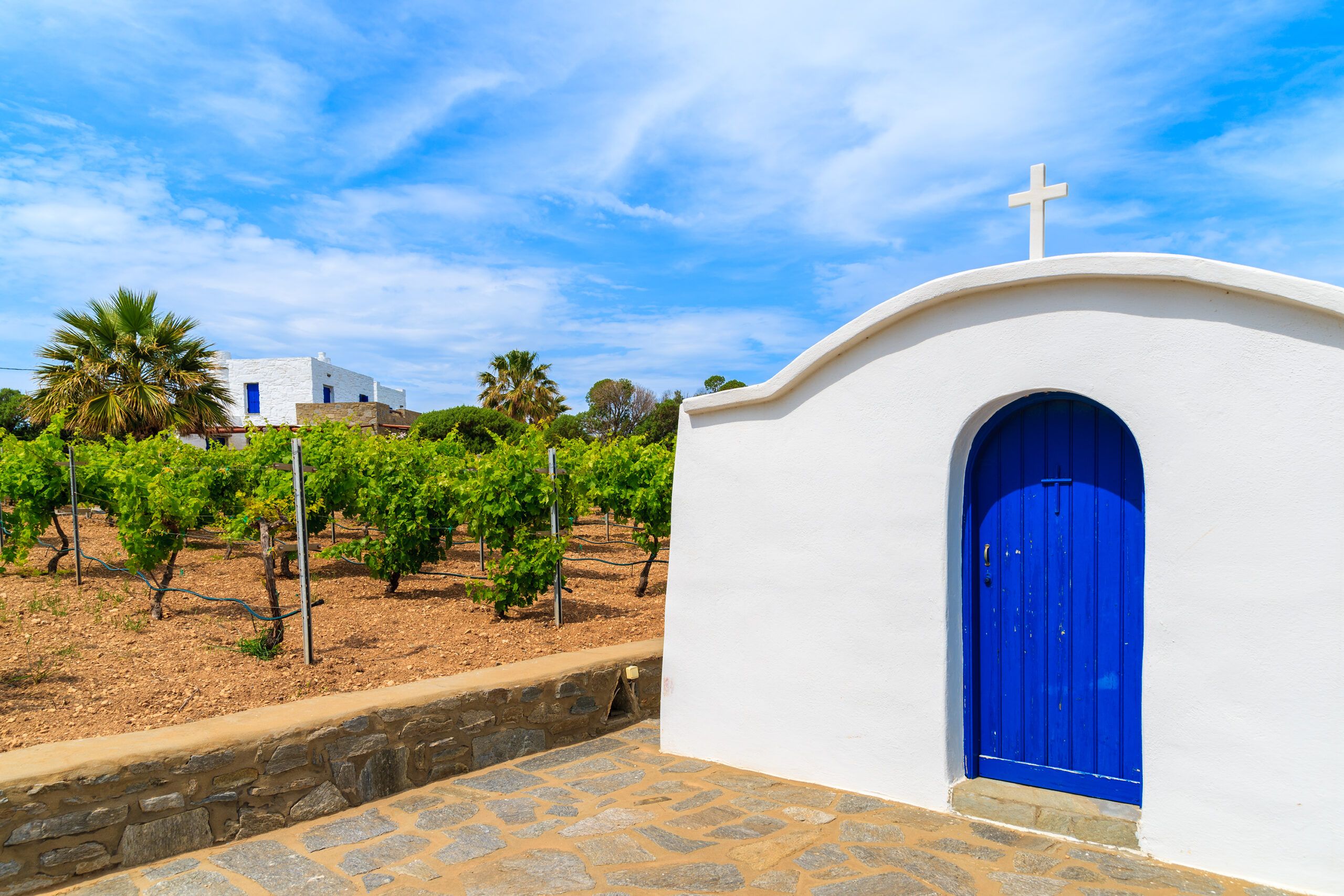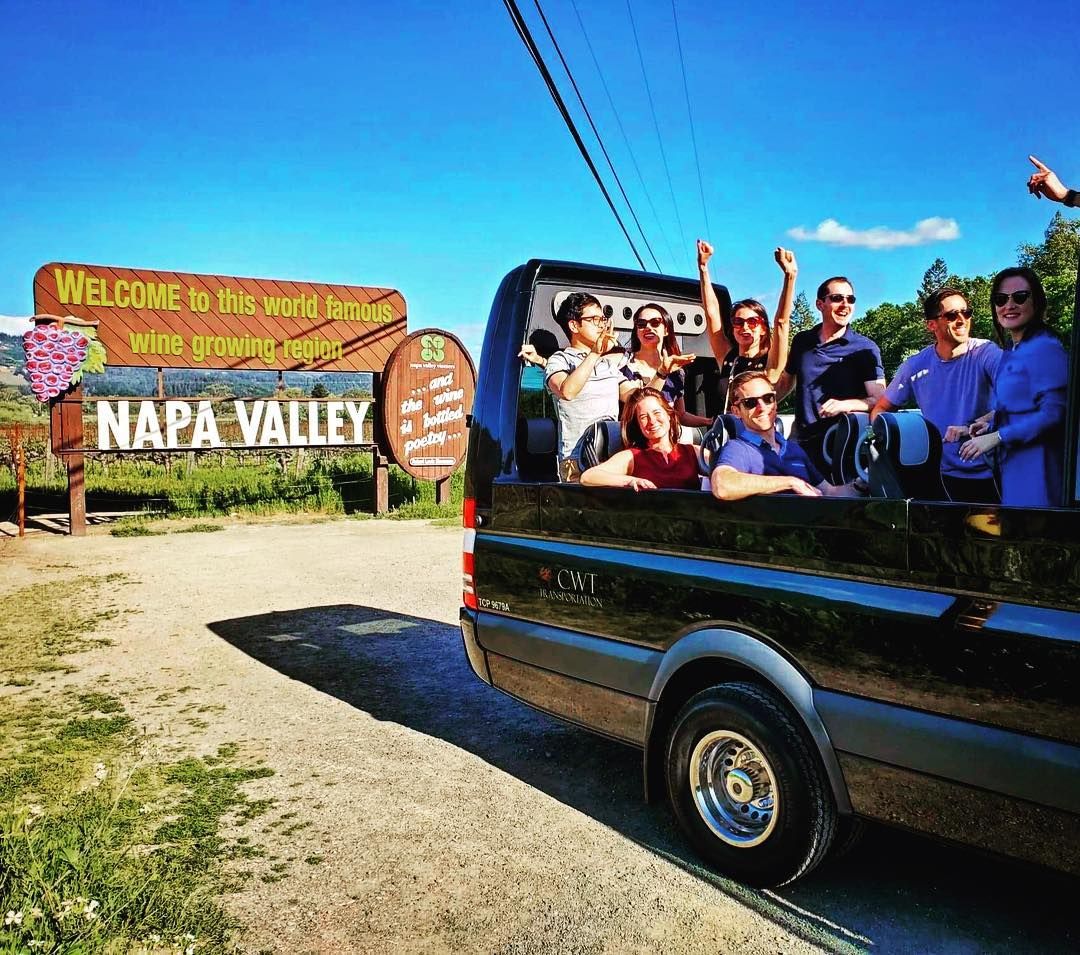I’m often asked why I write about wine and people can be surprised when I say - it actually isn’t about the wine. Frankly there are times when talk of residual sugar or acidity levels or oaking regimes or times on lees make my eyes glaze over, important though all these are to the winemaker and the final product.
No, for me it’s always been the stories behind the wine that matter, ever since I wrote my first piece for The Times about a guy from Bristol - who happened to have gone to my Prep school - setting up a winery outside Timisoara called Cramele Recas. Whatever ever happened to him I wonder? (To find out what happened to Philip Cox click here - Ed.)
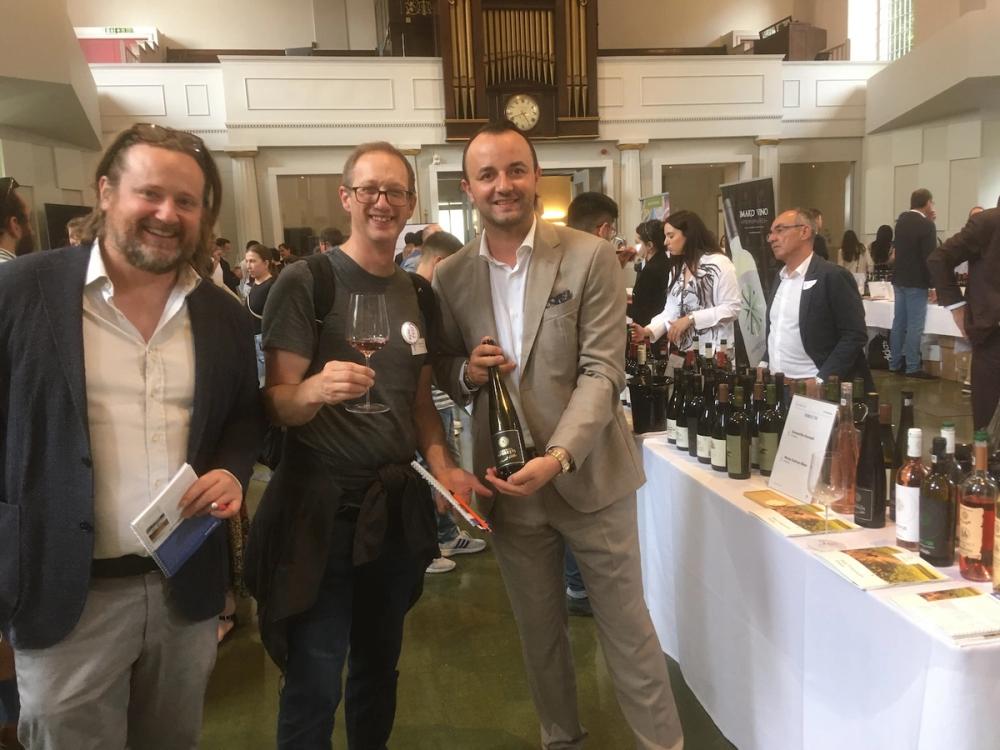
CEE Wine Fair, St Johns Waterloo, London, June 18, 2024
There were stories aplenty at the first ever Central & Eastern Europe Wine Fair tasting, held in London, unsurprising given that this ambitious event featured over 50 producers from 14 countries, eager to show wines to the UK trade, known for its appreciation of novelty and diversity.
Organised by Zsuzsa Toronyi of Wine Communication and Caroline Gilby MW - who also gave two Masterclasses - this event stretched the concept of ‘Central Europe’ far eastwards to incorporate Moldova, Ukraine, Armenia and Georgia, even dipping southwards to Cyprus.
Gilby says this was a first, and a big departure from previous CEE tastings that focused purely on one country such as Hungary or Bulgaria.
“I don't believe anyone else has ever tried to bring this many wine countries from this region together. It's something I've wanted to do for years as I've seen in person what amazing developments have been taking place across the region, after a difficult previous era - and wine quality is now world class at its best.”
So where to start?
“You really must try this wine - it’s very special,” said Ovidiu Draghici of Transylvania Wine, clutching a bottle of Diamond Selection Zghihara de Averesti, made from 100% white Zghihara. Quite pleasant, I thought and unfamiliar varieties are always interesting. But there was someone who really, really loved this wine and wouldn’t drink anything else.
“This was the only wine Nicolae Ceausescu would drink on account of its low sugar levels, and his need to be careful because of his diabetes,” said Draghici.
Of course, given that Ceausescu and his wife were executed on Christmas Day, it didn’t do him any good at all in the end, but hey, if it’s good enough for a megalomanic tyrant it’s good enough for me.
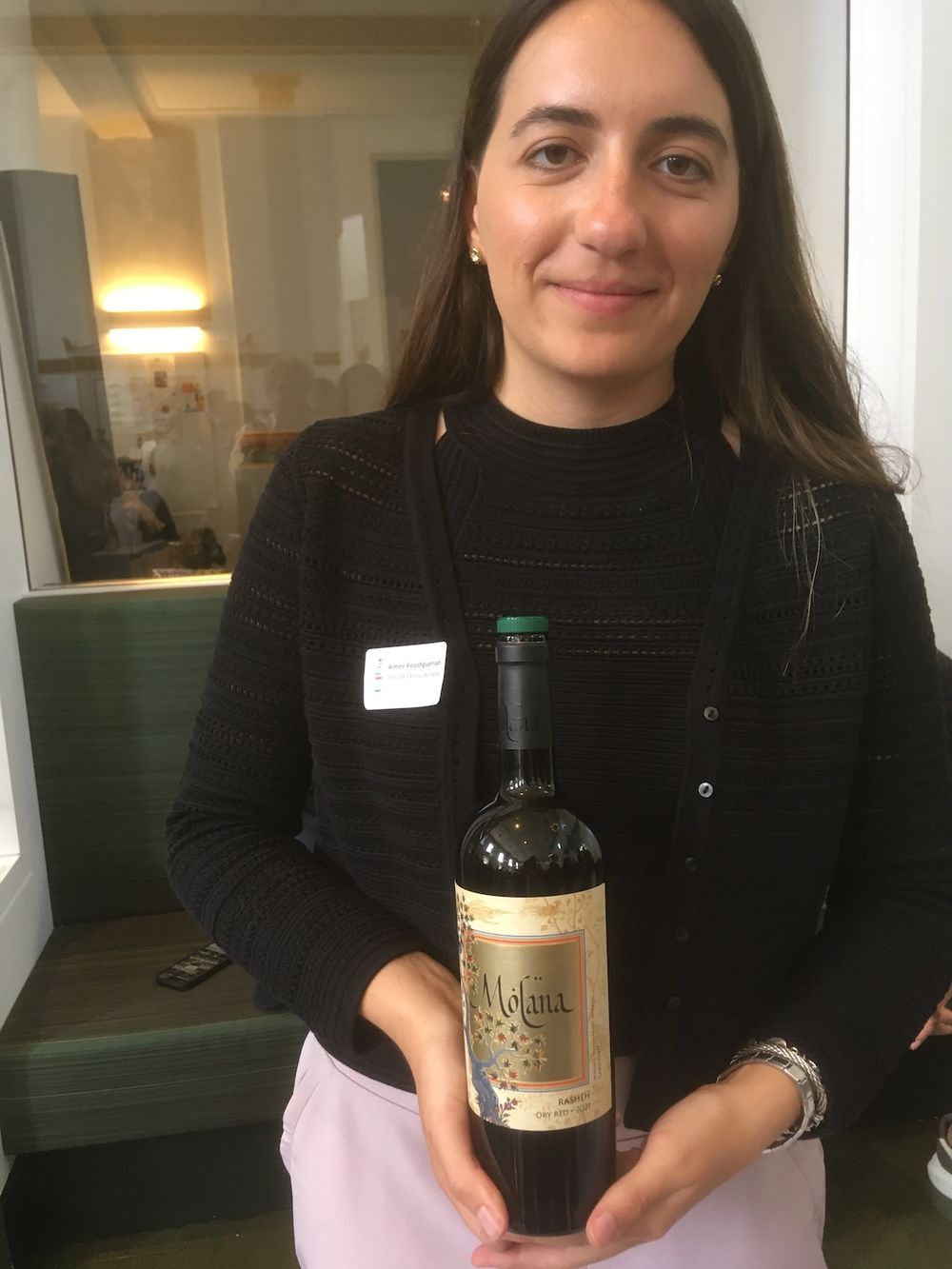
An Armenian wine made from grapes grown in Iran: Keush’s Aimee Keushguerian
Another interesting story was over at Keush Family Wines, located 90 minutes south of Armenia’s capital Yerevan. The producer, looking for representation, has a great range of sparkling wines including Keusch Origins, a delicious Brut sparkling made from the Khatauni and Voskehat varieties grown on ancient bush vines, also a pink Brut sparkling nature made from Areni, Armenia’s leading red variety, but my attention was drawn to Molana, a red wine made from the Rasheh variety.
“No this isn’t local to Armenia at all but comes from over the border in Iran. We transport the grapes five hours to our winery and make the wines there, says Keush’s Aimee Keushguerian. A nice wine too, medium weight but nicely structured with suggestions of red cherry and berry fruit.
The project reminded me of a similar one, Drood, which makes wines from Persian grapes from the Zagros Mountains and named after important figures in Persian history so Irdabama (The Merchant, made from 100% Samarghandi) and Ariobarzanes (The Warrior, made from 100% Lorkosh, aka Shiraz).
The grapes are picked then frozen and transported to Sweden where they are turned into wines that are imported into the UK by Cava Spiliadis. These wines weren’t at the CEE tasting, sadly, but I find it fascinating that a country where alcohol has been forbidden since 1979 but where wine-making had an ancient tradition (the Shiraz variety is of course named after the Persian city, today Iran’s fifth largest) is slowly but surely seeing a revival in wine production, albeit by circuitous routes. A great story.

From Bosnia-Herzegovina - the distinctive wines of Skegro Family Winery
Next off, two producers from Bosnia-Herzegovina, more precisely the latter, from near the city of Mostar, whose iconic medieval arched bridge was destroyed during the wars of the early 1990s - and has since been reconstructed.
The focus from the two unrepresented producers present - Carska Vina Grgo Vasilj and Skegro Family Winery - was on local varieties white Zilavka and red Blatina and Trnjak. Carska Vina translates as Imperial Wine and recalls when Herzegovina wines were served in Vienna at the emperor’s table. If I’d been choosing something for Franz Joseph - a famously fastidious man, with whiskers to die for, if history serves him rightly, right up to his death in 1916, when the Habsburg monarchy was entering its death throes - it would be the Cuvee David 2019, a skilful and moreish blend of Blatina and Cabernet Sauvignon, full bodied (14.5%) but nicely nuanced with mocha and vanilla on the finish.
Skegro’s wines were all distinctive as you might expect from a boutique producer of around 30,000 bottles but my favourites would be the Krs Orange 2022 made from Blatina, tropical fruit and marmalade on the palate, fresh, and the moreish, nicely oaked Carsus Trnjak 2022, again 14.5% but showing dark berry fruit and good weight.
Next, onto Bulgaria specialists the Jolly Merchants, who supplies a range of leading producers to the British market. There are some truly interesting wines here - I really like the Riesling Pet Nat Extra Brut from Tsarev Brod and Georgiev/Milkov’s Funky Mavrud Rose, both 11.5% and great fun, not just for the urban hipsters for whom the Pet Nat market sometimes seems dedicated: astonishing how Mavrud, normally seen in full-on Shiraz style, can be tamed into such a freshly, fruity, strawberry charged aperitif. Other standouts are the Bratanov - White Blend 2022, a blend of Chardonnay, Viognier and local variety Tamanka, with a generous fruit profile supported by careful oaking - 11 months of fermentation and ageing in Bulgarian oak. International in style but in a good way. And the local icon Logodaj Melnik 55, 2022, a 1963 crossing from Bulgaria’s Melnik grape, Melnik 55 offers juicy, medium weight wines with lots of fruit character- and this delivers with lots of cherry, vanilla and spice on the palate, and a silky finish, with some oaking evident. From the Struma Valley, the hottest wine region in Bulgaria’s Thracian Lowlands.

Marcos Zambertas with a bottle of rarely-found Promara
Another country showing very well was Cyprus, represented by WineCore, a consortium of wineries headed by Marcos Zambertas of the eponymous winery. It’s been a while since I’ve been, but the quiet revolution in the country’s wine industry is clearly rolling on with the better producers taking advantage of the island’s mountainous interior to make their wines, rather than - as in the old days - on the increasingly boiling coastline.
Zambertas Wines are pretty good – and well packaged with attractive labelling and screw caps – especially the single vineyard Xynisteri 2023 a great take on the island’s leading white variety (Maratheftiko is the leading red), whilst the rare Promara grape is also made as a single variety (2023 vintages has hints of apricot and honeysuckle). Other producers to look out for from WineCorp include Fikardos, K&K Vasilikon Winery, Vlassides and Kyperounda – whose range includes a great modern style Commanderia, the iconic dessert wine that links its origins back to the Crusades (Richard the Lionheart was a fan).
Honourable mentions should also go to Wines of Bohemia, showing the oft-neglected wines of the Czech Republic: try the Pet Nat MuAu 2023 from Winery Valka, a fresh and moreish blend of Moravian Muscat and Aurelius, whilst Castle Winery Brzenec has a delicious Palava, Czechia’s leading white variety (a crossing of Muller Thurgau and Gewurtztraminer).
Serbia’s Vincic Winery makes some great Grasac (aka WelschRiesling) including the award-winning Grand Fru 2020 (sadly I didn’t taste anything from the Djokovic Winery, produced by Novak’s uncle Goran: mostly international varieties).
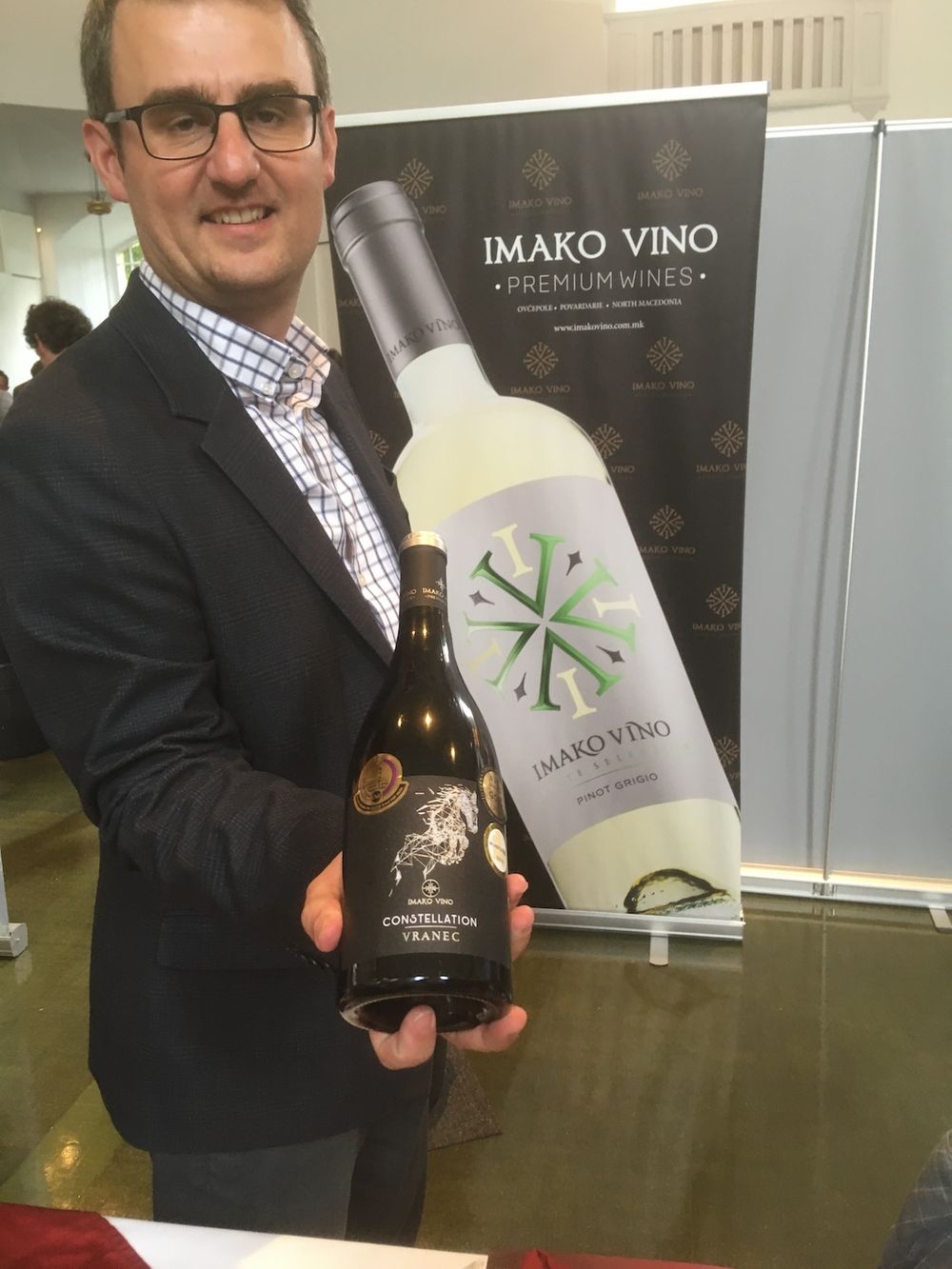
Imako Vino from North Macedonia
Another surprising outlier was North Macedonia which famously makes lots of Vranec, the heart-healthy red wine high in resveratrol: HN Wines already imports from the biggest producer, Tikves, which was present, but Imako Vino had a great selection (unrepresented) as did Chateau Sopot, suggesting that this tiny country, with only 74 producers, is well worth a closer look.
The Ukrainian Wine Company was showing a good range of wines, with Tania Olevska suggesting the wines are cutting through in the trade, with local varieties like Telti-Kuruk and Sukholimansky standing alongside international varieties like Chardonnay and Blaufrankisch. However Odesa Black – a distinctive full bodied crossing of Cabernet Sauvignon and Alicante Bouschet – probably represents the country’s best calling card, something every country needs, thanks to its name but also easy drinking style.
And, although I didn’t much focus on Hungary because of so many previous Hungary-focused tastings it would be churlish to overlook St Andrea, the Eger-based Bikaver producer: its top wines, Egri Cuvee Grand Superior Maria 2022 (a white blend of Furmint, Chardonnay and Sauvignon Blanc) and Egri Bikaver Grand Superior Agape Nagy-eged-hegy 2016 (Kekfrankos, Merlot, Pinot Noir, Syrah and Kadarka) were both mega-impressive, elegant, rich and balanced, making me all the more mystified that this leading producer – one of the forerunners of Hungary’s vinicultural transformation over the past 20 years – doesn’t actually have a UK importer. Something wrong there.
The iconic wines of Central and Eastern Europe
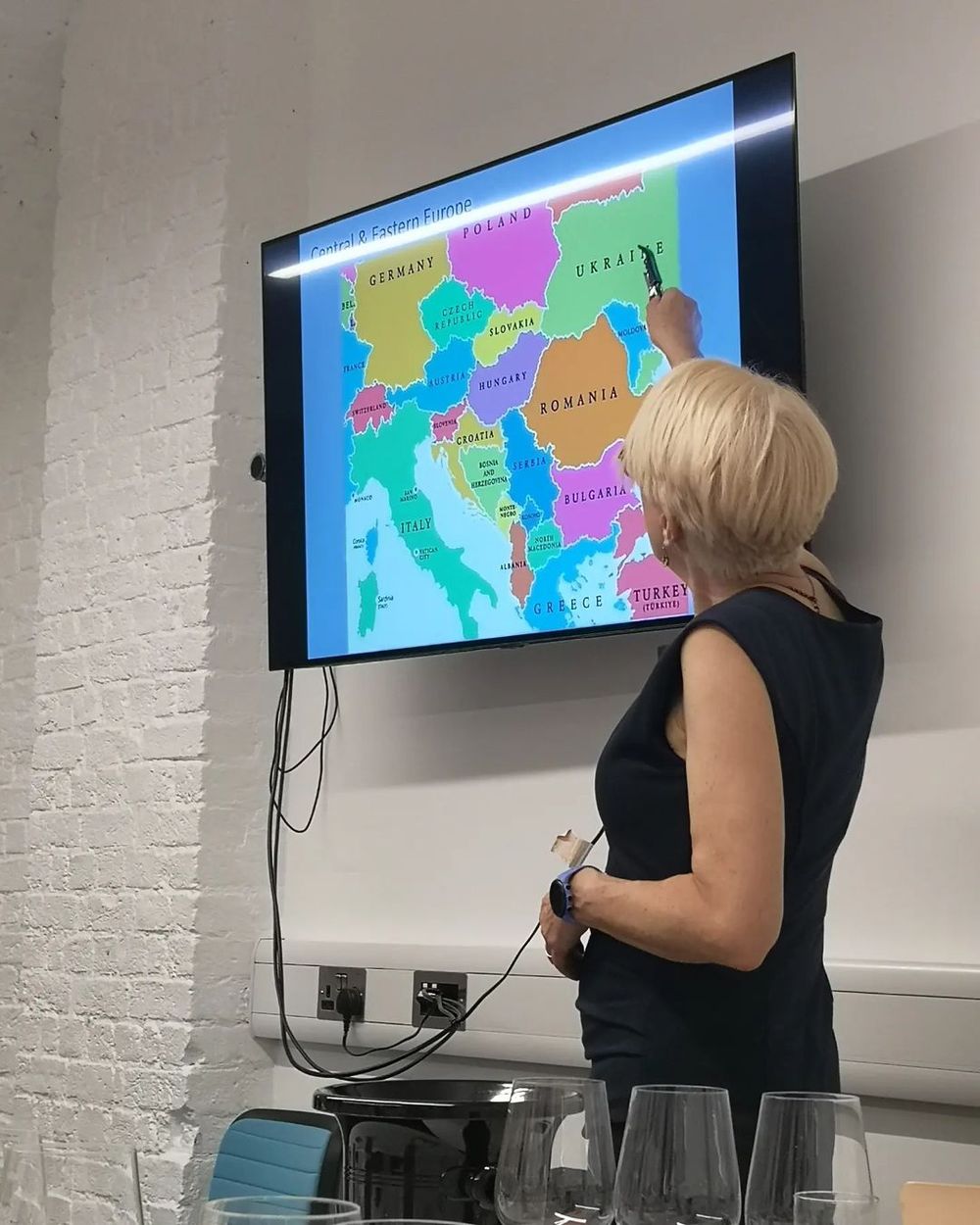
Caroline Gilby guiding us through the iconic wines
There were so many countries and producers here it was frankly a relief to have Caroline Gilby to guide us through, which she did admirably in her ‘Iconic Wines of CEE Masterclass’, featuring 11 wines from 8 countries, all of them with merit and some truly interesting.
The Bugava Premier 2022 from Vislander on Croatia’s island of Vis was a delicious take on the local variety Vugava whilst up the coast, UNICA a full, bodied Malvasia Istarska made by Kabola Winery also impressed, wonderfully rounded and rich. The Furmint 1971 from Slovenia’s outstanding Puklavec Winery was quite extraordinary, rich, nuanced and still evolving.
As Gilby pointed out: “Given that this was produced by a then cooperative winery, in a year when the Bay City Rollers topped the charts, with no thoughts of ageing or longevity, this is Furmint of extraordinary depth and character.”
Or, as a famous Bay City Rollers song put it, ‘You Made Me Believe In Magic.’ So, lots of wines and lots of stories from a region which doesn’t do boring.
Whilst the appalling devastation of the Ukraine war rumbles on, having left tens of thousands dead and displaced, Armenia has been trying to come to terms with its territorial losses in last year’s war with Azerbaijan and Georgia’s people are essentially at war with their own government following its decision to ram through the ‘Russian law’ requiring foreign entities to sign an official register, something that will upend hopes of joining the EU and raises concerns about elections later this year.
Meanwhile many countries – Hungary, Slovakia, Serbia – are facing very real challenges to democracy and the rule of law from populist, nepotistic pro-Russian governments. As this tasting demonstrated, the wines from this region are getting better all the time, but many of the other achievements of the past few decades hang in the balance.
So, it only seems right to end with another story, a heartening one.
In 2012 Moldova’s Chateau Purcari launched a new wine to make the country’s independence from the USSR 20 years before. Freedom Blend was and is made from the grapes of three former Soviet countries Moldova (Rara Neagra), Bastado (Ukraine) and Saperavi (Georgia, although the grapes used for this wine are sourced from Moldova where the highly productive variety also grows).
Since Russia’s invasion of Ukraine two years ago, proceeds from sales of the wine have gone to support Ukraine, whose border is just one mile from the Purcari winery. When I first tasted this at the end of 2022, I was delighted with both the concept and the wine, with international sales manager Remus Turcan telling me “it’s our way of saying to the people of Ukraine that you are not alone, we are behind you and together with you in your struggle.”
The 2021 vintage continues to be great value at around £20, a full bodied, tobacco and mocha charged wine. There’s plenty of nuance and elegance and excitement here, as there was in this tasting as a whole. Next year, hopefully, it will run over two days. It needs to.


